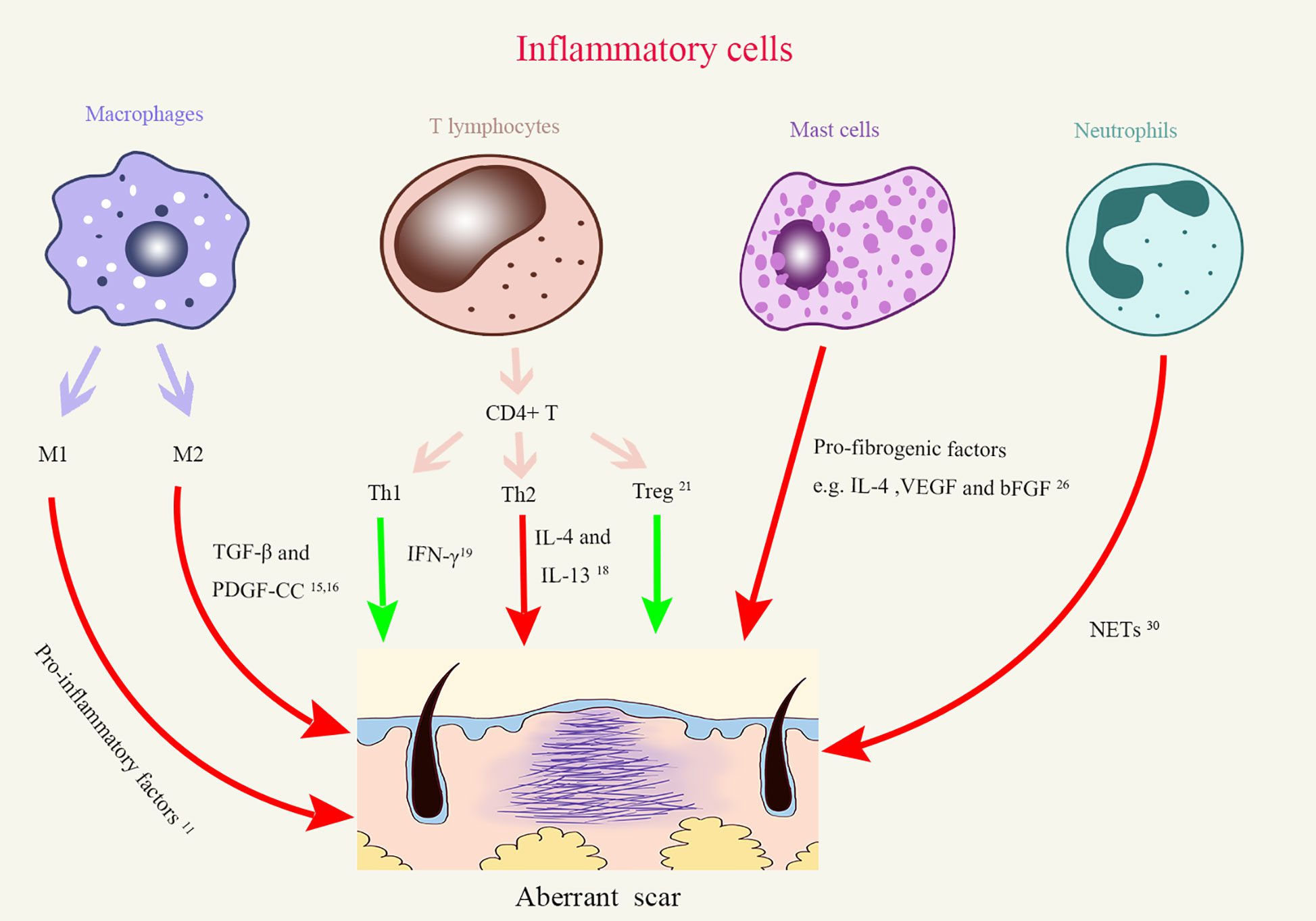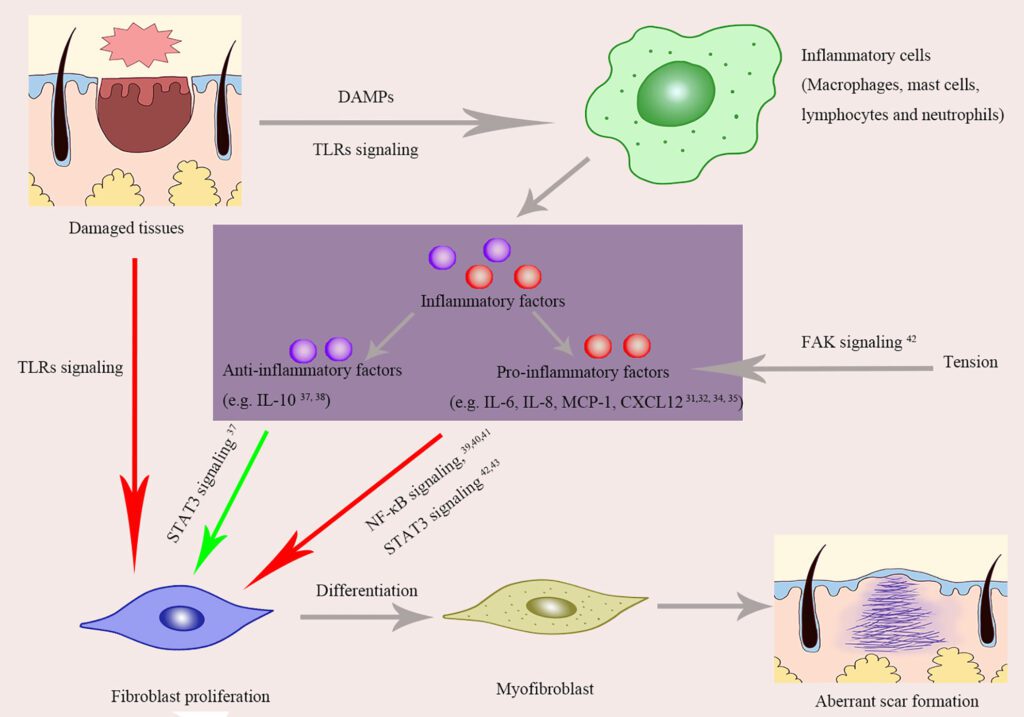Keloid scars, often referred to as KS, are a type of raised scar that forms when the body’s natural healing process goes into overdrive. Unlike other scars, these can grow beyond the original wound area and may cause discomfort or cosmetic concerns for those affected. Understanding what causes keloid scars, recognizing their symptoms, and exploring available treatments is essential for managing this condition effectively.

What Are Keloid Scars?
Keloid scars occur when the skin produces an excess amount of collagen during the healing process. Collagen is a protein that gives skin its strength and elasticity. However, in individuals prone to keloids, the production of collagen continues even after the wound has healed, leading to the formation of a thick, raised scar. These scars can develop on any part of the body but are most commonly found on the chest, shoulders, earlobes, and cheeks.
Unlike hypertrophic scars, which are also raised but remain within the boundaries of the original injury, keloid scars extend beyond the wound site. They can appear shiny, smooth, and rubbery in texture, and they may vary in color from pink to dark brown depending on the individual’s skin tone.
Common Causes of Keloid Scars
Several factors contribute to the development of keloid scars. While not everyone is prone to them, certain triggers can increase the likelihood of their formation.
- Skin Injuries: Any trauma to the skin, such as cuts, burns, surgical incisions, or even acne, can lead to keloid formation in susceptible individuals.
- Piercings: Earlobe piercings and other types of body piercings are common causes of keloid scars, especially if proper aftercare is not followed.
- Vaccinations: Some vaccinations, particularly those administered via injection, may result in keloid scars in predisposed individuals.
- Genetics: A family history of keloid scarring significantly increases the risk of developing them. If one or both parents have keloids, their children are more likely to experience the same condition.
- Skin Type: People with darker skin tones, including those of African, Asian, or Hispanic descent, are more prone to keloid scars compared to individuals with lighter skin.
Symptoms of Keloid Scars
Keloid scars are not just a cosmetic concern; they can also cause physical discomfort and emotional distress. Recognizing the symptoms early can help in seeking timely treatment.
- Raised Appearance: The most noticeable symptom is the raised, thickened area of skin that grows larger than the original wound.
- Itchiness: Many people report itching or irritation around the scar, which can worsen over time.
- Tenderness: Keloid scars may feel tender or painful, especially when touched or pressed.
- Color Changes: The scar tissue often appears darker than the surrounding skin, although it can sometimes be lighter or reddish in appearance.
- Restricted Movement: If a keloid scar forms near a joint or across a large area, it may limit movement due to tightness or stiffness.
Available Treatments for Keloid Scars
While keloid scars are generally harmless, many individuals seek treatment to reduce their size, alleviate symptoms, or improve their appearance. It is important to note that complete removal of keloid scars can be challenging, as they have a tendency to recur after treatment. Below are some common approaches used by healthcare professionals:
Corticosteroid Injections
Corticosteroid injections are one of the most widely used treatments for keloid scars. These injections work by reducing inflammation and slowing down collagen production. Typically administered directly into the scar tissue, corticosteroids can flatten the scar and relieve symptoms like pain and itchiness. Multiple sessions may be required for optimal results.
Laser Therapy
Laser therapy involves using high-energy light beams to target and break down scar tissue. This treatment can help reduce redness, smooth out the surface of the scar, and improve its overall appearance. Laser therapy is often combined with other treatments, such as steroid injections, for better outcomes.
Cryotherapy
Cryotherapy uses freezing temperatures to destroy excess scar tissue. During the procedure, liquid nitrogen is applied to the keloid, causing it to shrink and become less prominent. While effective, cryotherapy may cause temporary discoloration of the treated area.
Surgical Removal
In severe cases where keloid scars are large or causing significant discomfort, surgical removal may be considered. However, surgery alone carries a high risk of recurrence. To minimize this risk, doctors often combine surgical excision with other treatments, such as radiation therapy or corticosteroid injections.
Pressure Therapy
Pressure therapy involves applying consistent pressure to the keloid scar using specialized garments, bandages, or silicone sheets. This method helps flatten the scar and prevent further growth. It is particularly useful for scars located on the ears or other areas where pressure can be easily applied.
Topical Treatments
Over-the-counter creams and gels containing ingredients like silicone or onion extract may help soften and flatten keloid scars. While these products are not as potent as medical procedures, they can be a good option for mild cases or as part of a comprehensive treatment plan.
Radiation Therapy
Radiation therapy is occasionally used to treat stubborn keloid scars, especially after surgical removal. Low doses of radiation are applied to the affected area to inhibit collagen production and prevent regrowth. Due to potential side effects, this treatment is reserved for extreme cases and should only be performed under strict medical supervision.
Preventing Keloid Scars
Prevention plays a crucial role in managing keloid scars, particularly for individuals who are genetically predisposed to them. Here are some preventive measures that can help reduce the risk:
- Avoid Unnecessary Skin Trauma: Minimize activities that could lead to cuts, scrapes, or burns.
- Proper Wound Care: Keep wounds clean and covered to promote proper healing and reduce the chance of infection.
- Consult Before Piercings or Surgeries: If you know you are prone to keloid scars, discuss your concerns with a healthcare provider before undergoing elective procedures.
- Use Silicone Sheets: Applying silicone sheets to fresh wounds or scars can help prevent excessive collagen production.
Living with Keloid Scars
For many individuals, living with keloid scars involves finding ways to manage both the physical and emotional impact of the condition. Support groups and counseling can provide valuable resources for coping with self-esteem issues related to visible scars. Additionally, staying informed about new advancements in treatment options can empower patients to make educated decisions about their care.





